| Structure | Name/CAS No. | Articles |
|---|---|---|
 |
Sulfuric acid
CAS:7664-93-9 |
|
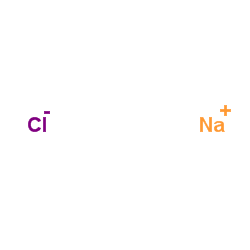 |
sodium chloride
CAS:7647-14-5 |
|
 |
N-hexane
CAS:110-54-3 |
|
 |
Methanol
CAS:67-56-1 |
|
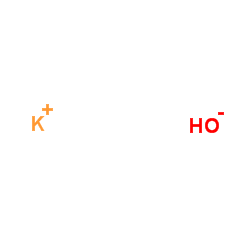 |
Potassium hydroxide
CAS:1310-58-3 |
|
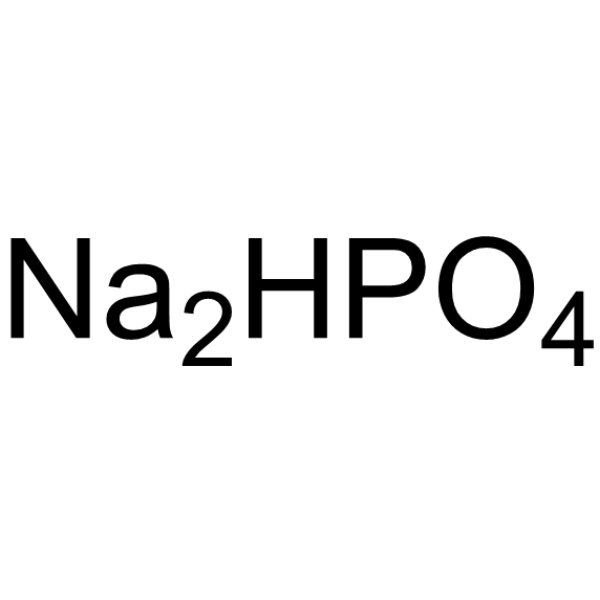 |
Disodium hydrogenorthophosphate
CAS:7558-79-4 |
|
 |
n-Butyllithium
CAS:109-72-8 |
|
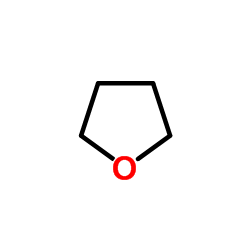 |
thf
CAS:109-99-9 |
|
 |
carbon black
CAS:1333-86-4 |
|
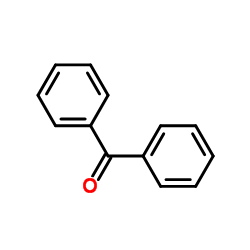 |
Benzophenone
CAS:119-61-9 |